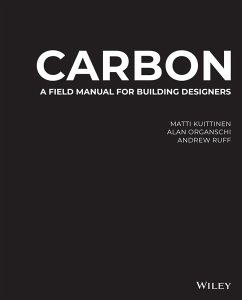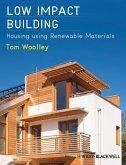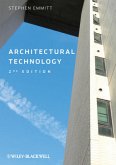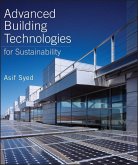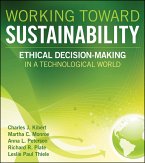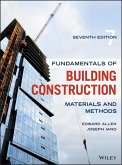A comprehensive approach to design that integratessustainable principles and design strategies for decarbonized construction Representing an international collaboration between academics and architects in the United States and Europe,Carbon: A Field Manual for Designers and Buildersoffers professionals in the field an approach to sustainable design that embraces building science principles, life-cycle analysis, and design strategies in carbon neutral construction. The book also contains background information on carbon in construction materials and in the building design process. This book is filled with illustrative diagrams and drawings that help evaluate the potential impact of design decisions for creating carbon emissions. Written by and for designers and builders, the book includes a compelling pair of case studies that explore carbon-reducing strategies, suggests steps for assessing a building's carbon footprint, and reviews carbon storages and circulation of materials.The guidelines detailed in the book can be adopted, replicated, and deployed to reduce carbon emissions and create more sustainable buildings. This important book: * Offers an effective approach to sustainable design in construction * Integrates building science principles, life-cycle analysis, and design strategies in carbon neutral construction * Describes a methodology for quantifying the flow of carbon in the built environment * Provides an analysis of carbon-reducing strategies based on a case study of a building designed by the authors Written for practicing professionals in architecture and construction, Carbon: A Field Guide for Designers and Builders is a must-have resource for professionals who are dedicated to creating sustainable projects.
Dieser Download kann aus rechtlichen Gründen nur mit Rechnungsadresse in A, B, BG, CY, CZ, D, DK, EW, E, FIN, F, GR, HR, H, IRL, I, LT, L, LR, M, NL, PL, P, R, S, SLO, SK ausgeliefert werden.
"This is a must-read book. It achieves the rare outcome of being a successful volume for design practitioners (who should know what to do) as well as design students (who don't yet know what to do). But it is also very useful to educators, policymakers, engineers, local authorities, industry professionals and - really - anyone who takes seriously the sheer impacts caused by the global built environment to ecosystems, biodiversity, greenhouse gas (GHG) emissions, land use, urban fabric transformation, energy demand, social shifts and implications for the lives of millions who live in, or at the margins of, it."
--Francesco Pomponi, Buildings & Cities
"A recommendable book to get started with LCA in building construction with focus on CO2 or carbon as well as concepts for decarbonization.... The basic LCA aspects are presented in an easy to follow manner.... Also worth to mention: many specific LCA terms which are helpful in discussing with LCA experts such as cradle-to-gate, end-of-life, end-of-waste or closing the loop are addressed in easy to understand words."
--nbau, NACHHALTIG BAUEN "Its explanatory tone runs like a seam through this book; copiously illustrated in black and white and on a thin, uncoated paper that intimates the authors' awareness of its own carbon footprint. It's worth it alone just for Chapter 3, 'Case Studies in Decarbonisation'"
--The RIBA Journal
--Francesco Pomponi, Buildings & Cities
"A recommendable book to get started with LCA in building construction with focus on CO2 or carbon as well as concepts for decarbonization.... The basic LCA aspects are presented in an easy to follow manner.... Also worth to mention: many specific LCA terms which are helpful in discussing with LCA experts such as cradle-to-gate, end-of-life, end-of-waste or closing the loop are addressed in easy to understand words."
--nbau, NACHHALTIG BAUEN "Its explanatory tone runs like a seam through this book; copiously illustrated in black and white and on a thin, uncoated paper that intimates the authors' awareness of its own carbon footprint. It's worth it alone just for Chapter 3, 'Case Studies in Decarbonisation'"
--The RIBA Journal

